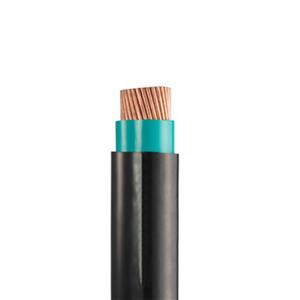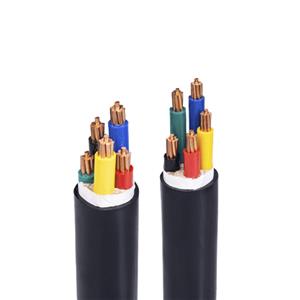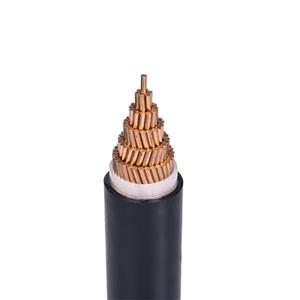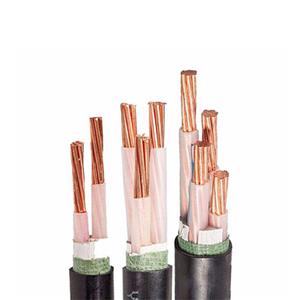¿Cómo identificar la calidad de los cables?
Wires and cables are closely related to our daily lives. Although small, they have great responsibilities. Moreover, the quality of wires and cables is directly related to circuit safety. Many fires and electric shock accidents are caused by poor quality wires and cables. So how to distinguish the quality of wires and cables? Here are some suggestions on how to choose wires and cables.
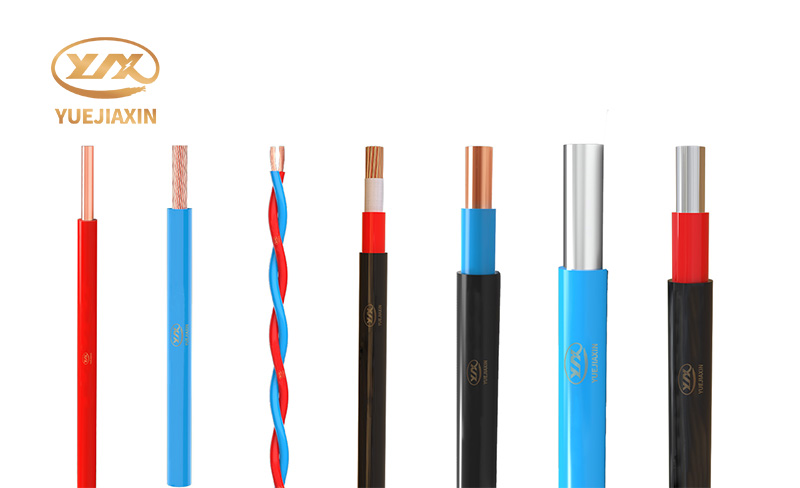
First, look at the appearance of the product. Qualified and high-quality wire products will have the following contents marked on the outer packaging, such as the certificate of conformity, the manufacturer's information and address, the inspector, the production date, the trademark, the specifications, etc.
Secondly, check the conductor material of the wire. Generally, copper cores are used for wires and cables. However, the purity of copper is different, and its conductivity is also good or bad. The best is generally purple-red, slightly reddish, with fewer impurities and soft texture. If the conductor is whitish and lighter in color, it proves that there are more impurities in the copper; if the conductor is black and has a strong sense of hierarchy, this kind of copper is commonly known as
Then, look at the position of the wire core conductor. A good cable conductor must be located in the center of the insulation layer. The non-centering is caused by the eccentricity caused by failure to meet the process requirements. When using low-power electrical appliances, it can meet the performance requirements. Once high power is used, it will cause the current to heat up and the thinner side is likely to be broken down by the current.
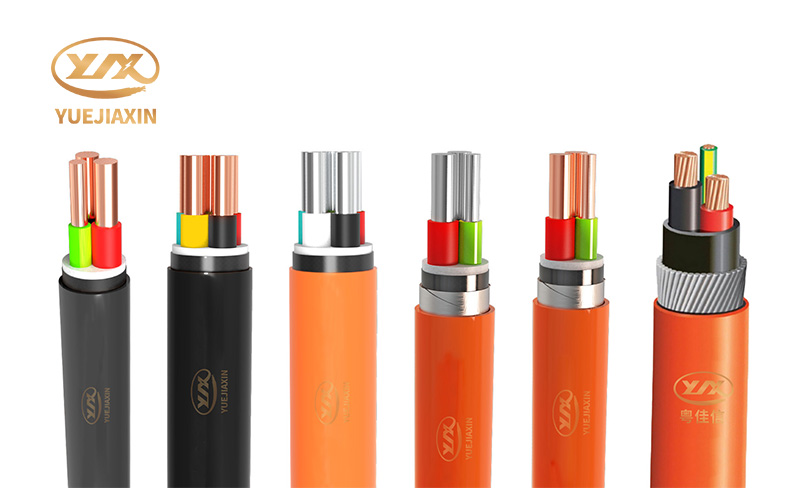
If conditions permit, we can also conduct tests. For example, if we measure weight, good quality wires are generally within the specified weight range. For example, the commonly used plastic insulated single-strand copper core wire with a cross-sectional area of 1.5 weighs 1.8 to 1.9 kg per 100 m. Poor quality wires are not heavy enough, either the length is not enough or there are too many impurities in the copper core of the wire. To measure the crease, take a wire and bend it repeatedly by hand, fold it in half several times. Those that feel soft, have good fatigue resistance, have a high elasticity of plastic or rubber, and have no cracks on the wire insulation are excellent products. If the insulation layer turns white, cracks, or the conductor breaks, it proves that there is a problem with the quality of the wire. To measure flame retardancy, use a lighter to ignite the wire. A qualified wire will produce blue smoke. After the insulation layer is ignited, take away the lighter and it should extinguish itself within five seconds. Otherwise, it is a wire that does not meet the fire protection standards. This kind of wire is easy to cause accidents such as leakage and fire.Foshan Yuejiaxin Wire and Cable Co., Ltd. has more than 20 years of production experience, and its products are deeply loved by consumers.
- Cable con aislamiento de PVC
- Cable de cobre/PVC de un solo núcleo de 450/750 V BV
- Cable de cobre/PVC de un solo núcleo BVR de 450/750 V
- Cable flexible de cobre/PVC de un solo núcleo para vehículos recreativos de 300/500 V o 450/750 V
- 300/500V o 450/750V RVV Multi-Core Cu/PVC/PVC Cable negro flexible
- 300/500V o 450/750V RVV Multi-Core Cu/PVC/PVC Cable blanco flexible
- 300/500 V o 450/750 V RVVP Multi-Core Cu/PVC/CWS/PVC Cable flexible apantallado
- Cable de control de cobre/PVC/PVC multinúcleo de 450/750 V KVV
- Cable de control blindado de 450/750 V KVV22 de varios núcleos Cu/PVC/STA/PVC
- 450/750V KVVP Multi-Core Cu/PVC/CWS/PVC Cable de control apantallado
- 450/750V KVVP2-22 Cable de control blindado apantallado Cu/PVC/CTS/STA/PVC multinúcleo
- Cable de alimentación de un solo núcleo con cubierta de PVC y aislamiento de PVC de 0,6/1 KV
- Cable de alimentación multinúcleo con revestimiento de PVC y aislamiento de PVC de 0,6/1 KV

